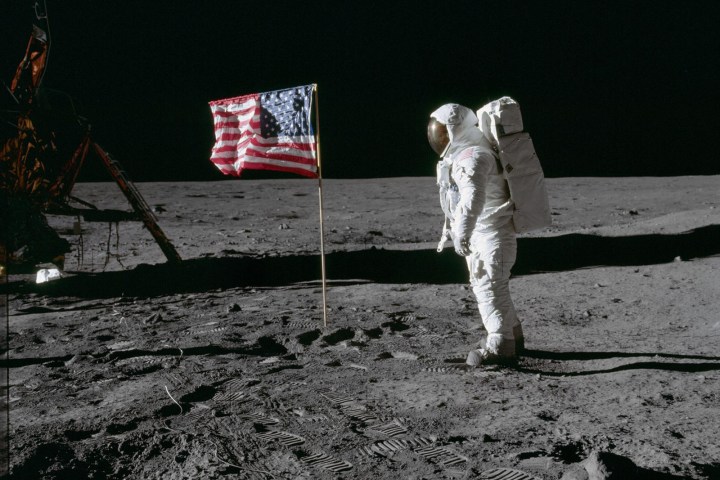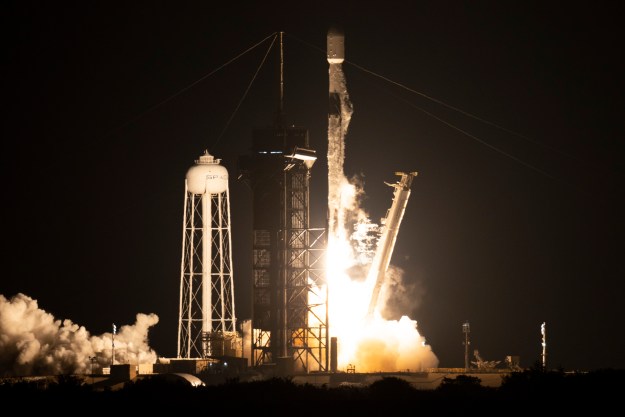
More than 140,000 assets are available from the new search engine and NASA says more will be added to the database on a regular basis. Need a shot of Mars? How about a black hole? The new search engine has the expected search bar to type in what you’re looking for, but then results can also be refined by specifying what years you want to search through and what type of media you are looking for. The layout can be either a list or gallery view and will automatically adjust to your screen size.
The new image search also includes EXIF data for digital files, including the software used to edit the photo, when it was modified and often, what telescope or camera the image was shot from. Images can also be shared directly to social media.

The searchable database includes both recent and historic photos, with the date slider allowing users to search back as far as 1920. Along with photographs, the database also includes graphics ranging from diagrams to theoretical representations of what the Milky Way might look like from outside the galaxy.
Since works from the U.S. Government, by law, cannot be copyrighted, this massive search engine is in the public domain, making the assets free to use from school research papers to website images, with image credits (images by contractors are an exception). Images can be downloaded in high resolution or smaller web-friendly sizes and the caption can also be downloaded.
The new database replaces the older NASA Multimedia Search, which now turns up as a 404 error, with more usable features like automatically adjusting the screen size from smartphone to desktop. NASA says the new database is not all-inclusive but represents the best material and will be updated on a regular basis.
Editors' Recommendations
- Check out this cool NASA image of SpaceX Crew-3’s ride home
- Stunning NASA images show next-gen moon rocket on launchpad
- Check out NASA’s Europa Clipper spacecraft at start of build
- NASA photo reveals special training for astronaut lunar missions
- Check out these jaw-dropping space images from 2021




